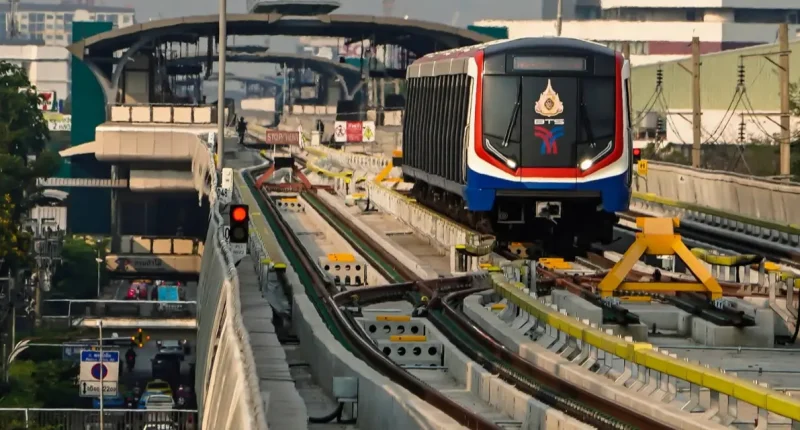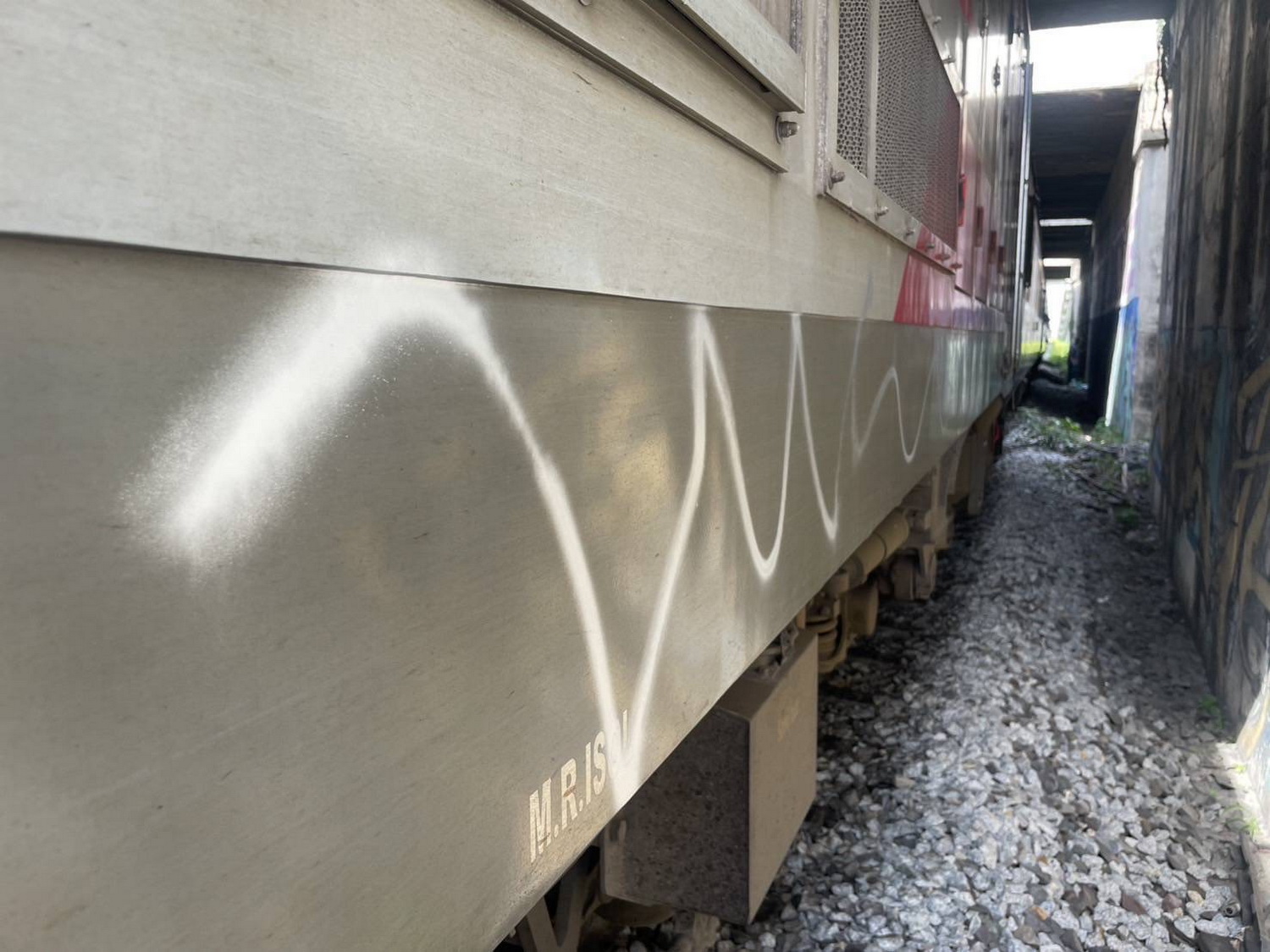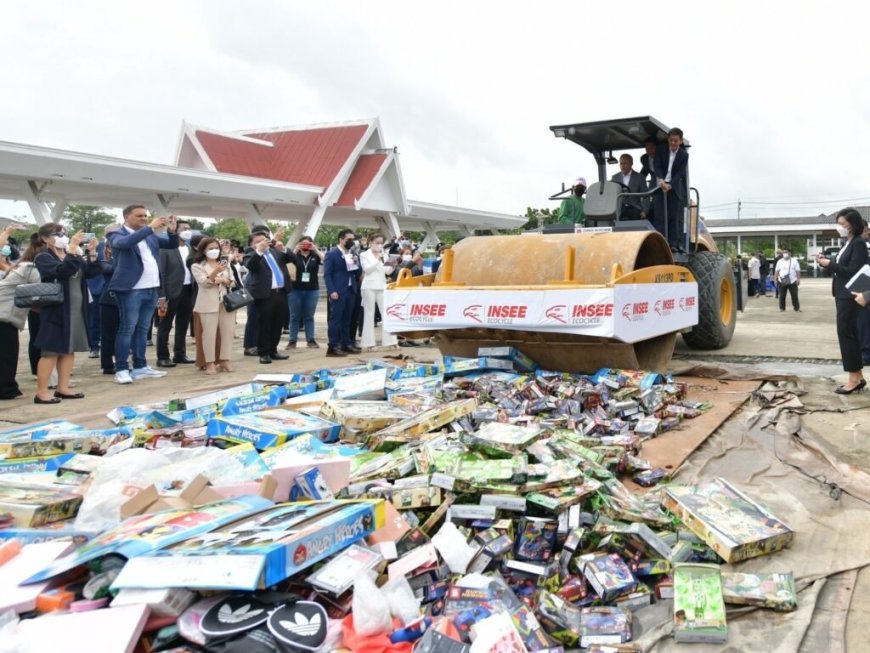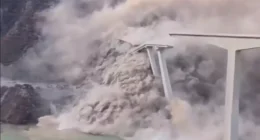Thailand is poised to transform its railway infrastructure significantly, with a new government directive aimed at producing domestic trains and expanding the rail network to an impressive 7,500 kilometers. This initiative represents a strategic move to enhance the country’s transportation capabilities and support economic growth.
Advancing Railway Technology in Thailand
Government Directive for Domestic Production
The Thai government has tasked the State Railway of Thailand (SRT) and the National Research and Development Institute of Rail Technology (NRDIT) with the development and production of locomotives and trains. This directive underscores the commitment to improving domestic railway technology and reducing reliance on foreign imports.
Collaboration with Italian Experts
To achieve this goal, the NRDIT will partner with Blue Engineering S.r.l., an esteemed Italian company known for its expertise in railway design and engineering. This collaboration aims to leverage international knowledge and technology to bolster Thailand’s railway manufacturing capabilities.
Expanding the Rail Network
From 4,044 km to 7,500 km
Currently, Thailand’s rail network spans 4,044 kilometers, but the government envisions expanding this to 7,500 kilometers in the future. This expansion will enhance connectivity across the nation, making travel and transport more efficient and accessible.
Plans for Prototype Trains
The NRDIT has ambitious plans to produce its first prototype train by 2026, focusing initially on diesel multiple units (DMUs). The first phase of production aims to deliver 50 units over the next three years, marking a significant milestone in domestic train manufacturing.
Economic Benefits and Cost Reduction
Lowering Costs for High-Quality Trains
One of the primary benefits of this initiative is the potential cost savings for Thai consumers. The NRDIT estimates that domestically produced locomotives will cost approximately 20% less than their imported counterparts, which currently range from 140 to 150 million baht per unit. This reduction in cost will make rail travel more affordable and accessible for the public.
Fostering Creativity Among Youth
Think Beyond Track Initiative
In conjunction with the railway development plans, the NRDIT has launched the Think Beyond Track initiative, aimed at encouraging creativity among the youth. This competition invites students aged 16 to 22 from provinces with major railway lines to submit innovative ideas for a dream train. With a scholarship pool of 420,000 baht available for winners, this initiative seeks to inspire the next generation to contribute to the future of Thailand’s railway industry.
Strategic Timing for Technological Transition
Opportunities Amid Industry Shifts
The timing of this railway initiative aligns with Thailand’s broader transition in the automotive sector from internal combustion engines to electric vehicles. This shift presents a unique opportunity for collaboration between the NRDIT and local automotive manufacturers, ensuring that Thailand’s automotive industry remains robust during this period of technological change.
Conclusion: A New Era for Thailand’s Railways
Thailand’s plans to build its own trains and expand its railway network signal a new era for the country’s transportation infrastructure. By investing in domestic production and fostering innovation among young people, Thailand is not only enhancing its rail capabilities but also promoting economic growth and sustainability. As these initiatives unfold, they will undoubtedly play a crucial role in shaping the future of rail travel in Thailand.









